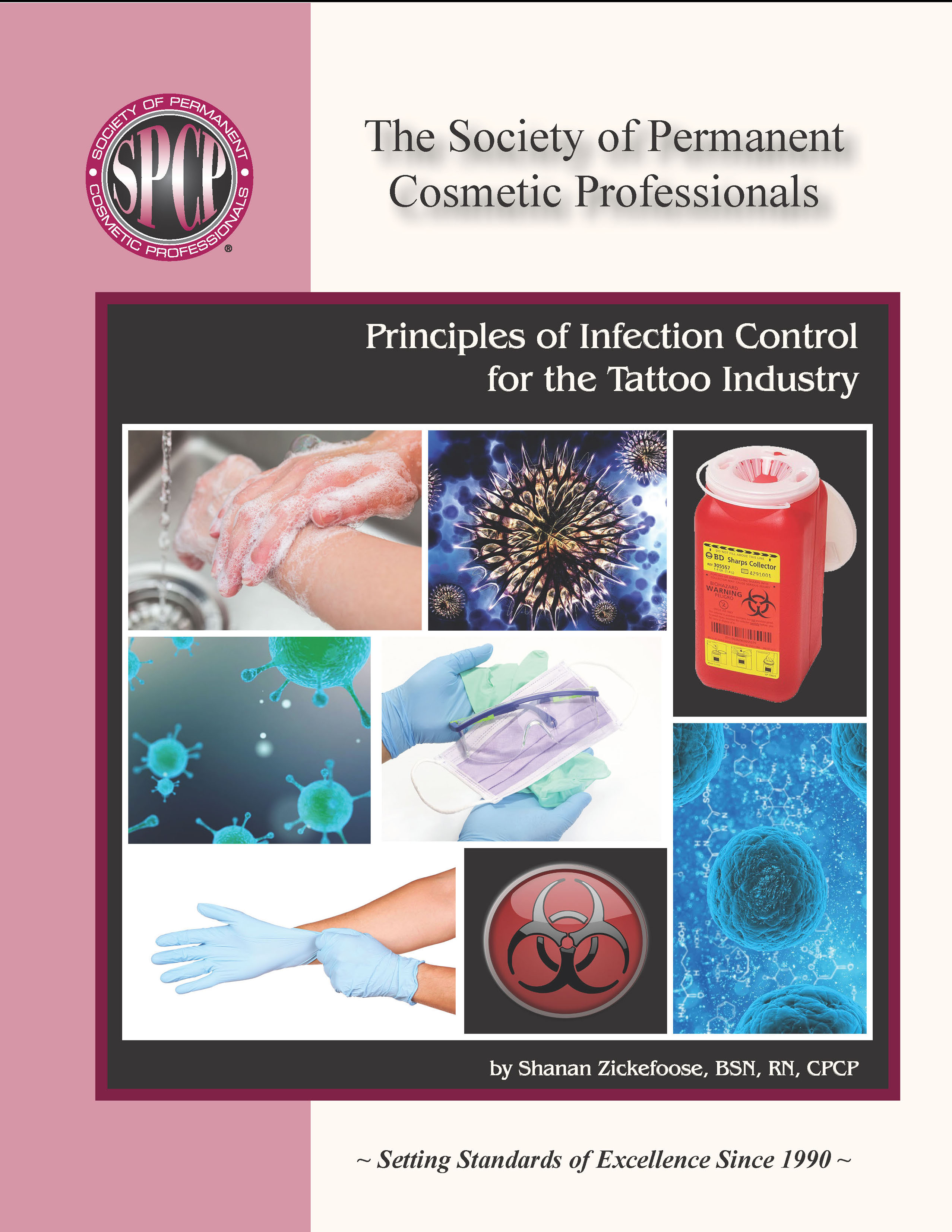What happens to the pigment when it is implanted in the skin?
 Tuesday, November 10, 2015 at 08:41PM
Tuesday, November 10, 2015 at 08:41PM When researching for an article I was writing for the the permanent cosmetic industry, I found an article that was quite interesting. It is written for the medical community related to a specific area of cosmetic tattooing, but the basis of what happens to the pigment after it is implanted in the skin.
Unlike many works of art, I work on a living canvas. It changes constantly. Your body is constantly working with the pigment I implant. Please read this very interesting description. All photos have been removed from the content.
Excerpt from:
Scalp Micropigmentation A Concealer for Hair and Scalp Deformities
WILLIAM R. RASSMAN, MD; a JAE P. PAK, MD; b JINO KIM, MD; c NORMAN F. ESTRIN, PhD
PHYSIOLOGY AND HISTOLOGY OF PIGMENTS IN THE SKIN
"Once the pigment is placed into the scalp, the amount of pigment that remains over the first few days reflects the quantity and depth of placement. The epidermis ranges in thickness between 0.5 to 1.5mm. Both the stratum corneum and stratum granulosum, constitute the primary barriers for the protection of the skin. The largest layer in the epidermis is the stratum spinosum, and this area fills with pigment in the track created by the needle(s). The deepest layer of the epidermis is the stratum basale, a row of columnar cells resting on the basal lamina that separates the epidermis. Redness which appears on day of procedure and disappears in 1 to 2 days. These cells are mitotically active and they migrate upward toward the surface. The authors try to limit the depth of the needle(s) to the upper dermis. Significant amounts of pigment may be found in the basal cell layer immediately after the process is done. Pigment particles are found within the cytoplasm of both keratinocytes and phagocytic cells, including fibroblasts, macrophages, and mast cells. At one month, the basement membrane is reforming, and aggregates of pigment particles that are present within the stratum basale are starting to disappear, as these cells migrate upward toward the surface. In the dermis, phagocytic cells that contain pigment may concentrate along the epidermal-dermal border below a layer of granulation tissue that is closely surrounded by collagen. The cells of the stratum granulosum and the stratum spinosum contain particles of pigment, as they migrate upward. eventually, all of the pigments found in the epidermis will be pushed upward with the exfoliation of the stratum corneum. The only pigment that will remain will be the pigment originally placed in the dermis. This represents a satisfactory outcome. The portion of ink that washes away on the patient’s first hair wash (2–3 days) reflects the pigment on the surface of the scalp or from the needle track within the stratum corneum and stratum granulosum. With the normal stratum corneum turnover of ~27 days, it is likely that the pigment remains below the stratum corneum in the lower layers of the epidermis for a few months. How much of the pigment remains in the stratum basale and how long it stays there probably varies in different people, especially those with skin diseases that impact skin cycling. eventually, all of the epidermis becomes free of pigments. The depth of the stratum basale from the surface of the skin varies significantly along the skin, millimeter by millimeter, reflecting an undulating depth of the epidermis at the dermal border. This makes the depth control by an operator who manually controls the needle by the feel of the resistance a very difficult skill that takes considerable experience. The needles are worked into the superficial dermis and this is the portion of the pigment that remains long term. Black pigment granules vary in diameter from 0.5 to 4.0μm. At one month, transepidermal elimination of ink particles through the upward movement of cells in the stratum spinosum is still in process with ink particles present in keratinocytes, macrophages, and fibroblasts. This is what causes changes in the appearance the patient sees in the first few weeks/months. Touch-ups are an important part of the service in follow-up for these patients, as the initial uniformity in appearance, after the first procedure, changes. An active foreign body reaction is induced by the pigment and the speed of the reaction varies with individuals; the quality and quantity of pigments used; and the local anatomy, physiology, and pathology of the scalp. In biopsy specimens reported at two to three months and at 40 years after tattooing, ink particles are no longer found in the epidermis, but they are found in dermal fibroblasts, predominantly in a perivascular location beneath a layer of fibrosis that replaced the granulation tissue. Tattoo pigments are found both intracellularly and extracellularly, with mild fibrosis and occasional foreign-body giant cell reactions. Pigment particles are initially dispersed diffusely as fine granules in the upper dermis, as well as in the epidermis in the tract at the point of the injection. The ink particles normally aggregate to a more focal location in the upper dermis from Days 7 to 13.10,11 Some of the soluble components of the pigment may be absorbed initially and taken away by the lymphatic system, while the insoluble components are incorporated with the connective tissue that surrounds each of the fibroblasts containing ink particles. The changes that can often be seen in these early days after the process has taken place include washing out of the surface epidermal pigments and extravasation (bleeding) of the dermal pigment beyond the area it was placed. The experienced operator has to balance what is seen at the surface at the time the first procedure is performed with an anticipated loss of some of the more superficial epidermal pigments after a number of days pass. With the stratum corneum penetrated, some leakage of pigments can be seen in the first couple of days after the procedure is performed. Since the pigment in the dermis is not initially stable under the body’s foreign body reaction, some pigments may be absorbed or change color over time.12 exposure to ultraviolet light can accelerate changes in color. The authors have seen an almost complete loss of pigment within a few weeks of the initial treatment at one extreme, which might reflect a needle insertion that was too superficial. Considerable extravasation (a bleeding amalgam) of the pigment outside the areas where it was placed in the dermis could also negatively impact the visual aesthetic process as early as in the first week.'
Reference:
RASSMAN, W. R., PAK, J. P., KIM, J., & ESTRIN, N. F. (2015). Scalp Micropigmentation. Journal Of Clinical & Aesthetic Dermatology, 8(3), 35-42.




